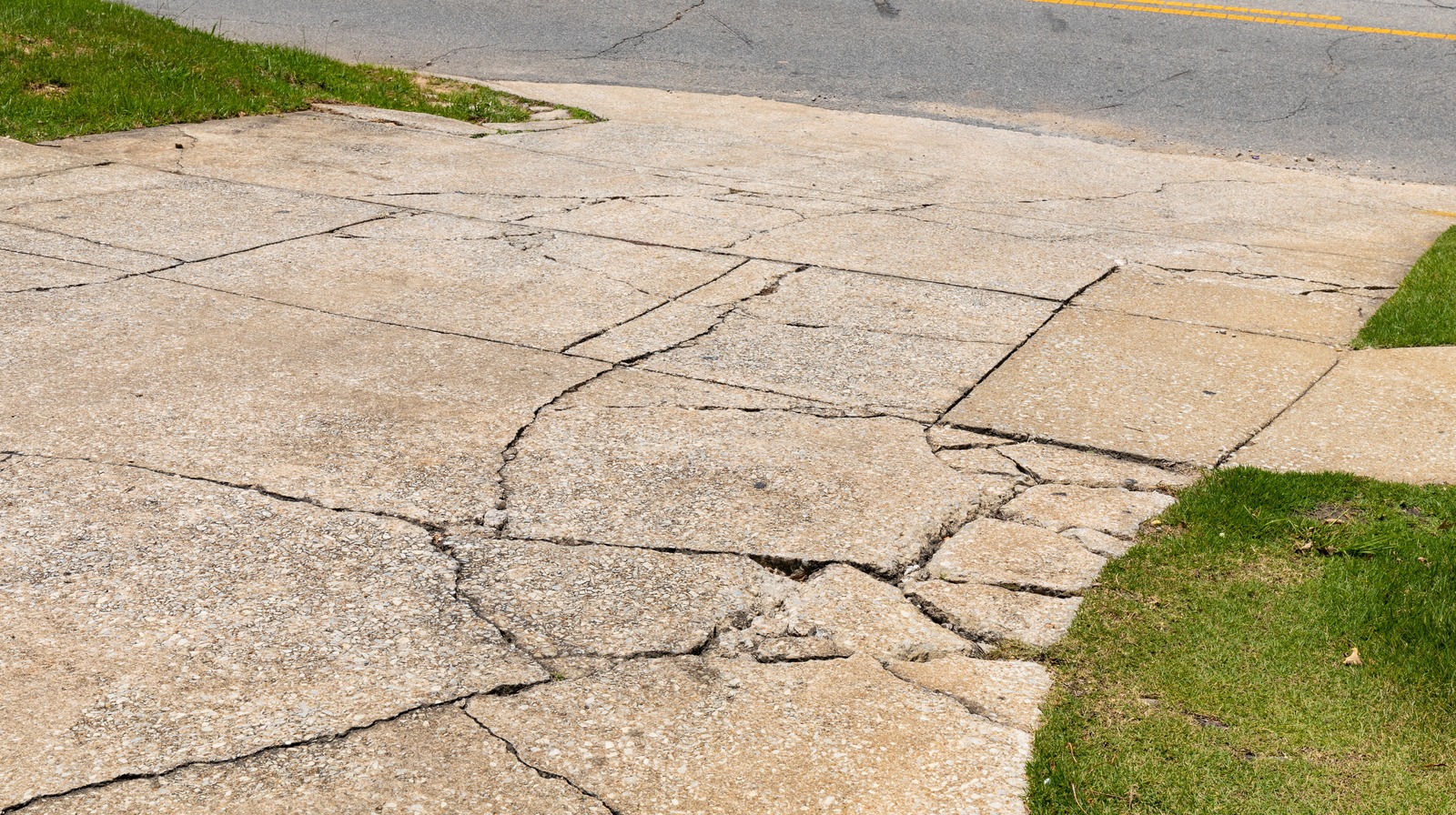Boost Your Tasks with Legendary Concrete Brentwood: Unmatched Quality Guaranteed
Boost Your Tasks with Legendary Concrete Brentwood: Unmatched Quality Guaranteed
Blog Article
The Eco-friendly Choice: Concrete Sidewalks for Your Neighborhood
Picking concrete for your community sidewalks can make a substantial difference in terms of sustainability and eco-friendliness. Allow's discover why concrete pathways may be the eco-friendly option your community needs.
Advantages of Concrete Sidewalks
When thinking about the setup of walkways in a neighborhood, the advantages of selecting concrete over other materials are considerable and countless. Concrete sidewalks use sturdiness, withstanding hefty foot traffic, climate changes, and ecological elements better than different materials like asphalt or crushed rock. This longevity equates to cost-effectiveness in the future, as concrete walkways call for less constant repair services and maintenance. Additionally, concrete is a functional material that can be easily tailored to complement the visual of any type of area through various surfaces, shades, and patterns.

Durability and Durability
How can concrete pathways outmatch various other products in terms of durability and longevity? Concrete pathways are renowned for their remarkable resilience and longevity compared to alternative materials like asphalt or pavers.
Additionally, concrete's toughness minimizes the requirement for regular repair work or replacements, making it a affordable and sustainable selection for community sidewalks. By investing in concrete sidewalks, areas can appreciate a reliable and long-lasting facilities that improves the general visual allure and capability of the location.
Low Upkeep Demands
Concrete walkways stand out for their minimal maintenance needs due to their durable nature and resilient efficiency. Unlike alternative materials that might require regular repairs or substitutes, concrete pathways provide a cost-efficient service that requires little upkeep over time.
Regular upkeep for concrete sidewalks commonly involves basic tasks such as routine cleaning to get rid of debris and periodic sealing to shield the surface. In contrast to products like asphalt or pavers that may move, crack, or break down even more conveniently, concrete pathways keep their architectural stability with very little intervention. Additionally, any repair work that may be required are generally local and can be addressed quickly, decreasing both the time and cost related to upkeep.

Ecological Advantages
With a focus on sustainability and eco-friendliness, concrete sidewalks offer remarkable environmental advantages that add to a greener neighborhood framework. Additionally, concrete pathways have a high solar reflectance index, meaning they show a substantial amount of sunshine rather of keeping and soaking up heat.
Furthermore, concrete is a permeable material that allows water to infiltrate into the ground, decreasing stormwater drainage and assisting in groundwater recharge. This aids protect against disintegration, minimize flooding, and maintain the have a peek at these guys all-natural balance of water systems in your area. By selecting concrete walkways, communities can make a lasting option that favorably influences the environment and boosts the lifestyle for residents.
Enhancing Area Sustainability
By prioritizing sustainable infrastructure options, neighborhoods can grow an unified balance in between ecological awareness and community growth. Enhancing area sustainability involves a multifaceted technique that exceeds simply the ecological advantages of concrete pathways. Applying green areas, promoting energy-efficient techniques, and cultivating a feeling of community interaction are crucial parts of developing a sustainable area.
One way to enhance area sustainability is via the integration of permeable concrete sidewalks. These sidewalks enable rain to leak right into the ground, lowering stormwater runoff and minimizing the pressure on municipal drain systems. legendaryconcretebrentwood.com. By incorporating permeable sidewalks, communities can enhance water top quality, reduce flooding risks, and you could try these out improve general environmental durability
In addition, promoting alternative transport approaches such as walking and biking can dramatically reduce carbon exhausts and advertise a much healthier lifestyle among citizens. Producing risk-free pedestrian paths, bike lanes, and marked greenways can encourage citizens to depend much less on vehicles, better adding to the neighborhood's sustainability objectives.
Final Thought
In conclusion, concrete walkways offer numerous advantages for communities, consisting of sturdiness, reduced upkeep needs, and environmental benefits. By choosing concrete pathways, communities can improve their sustainability and add to a more eco-friendly atmosphere. It is clear that concrete pathways are the optimal selection for communities aiming to improve their infrastructure in a resilient and eco-friendly fashion.
When taking into consideration the setup of sidewalks in a community, the benefits of picking concrete over various other materials are substantial and you could check here many. Additionally, concrete's longevity decreases the requirement for frequent repair work or replacements, making it a affordable and lasting selection for area walkways (Concrete Contractor).With a focus on sustainability and eco-friendliness, concrete sidewalks offer noteworthy environmental advantages that contribute to a greener neighborhood infrastructure. Enhancing neighborhood sustainability involves a multifaceted approach that goes beyond simply the ecological benefits of concrete sidewalks.In final thought, concrete sidewalks supply various benefits for communities, consisting of longevity, reduced maintenance requirements, and ecological advantages
Report this page